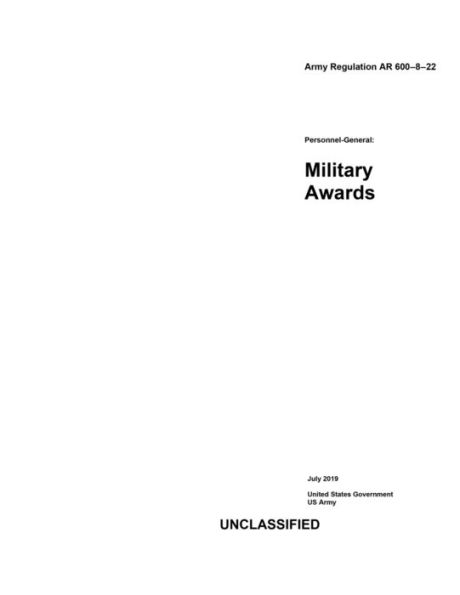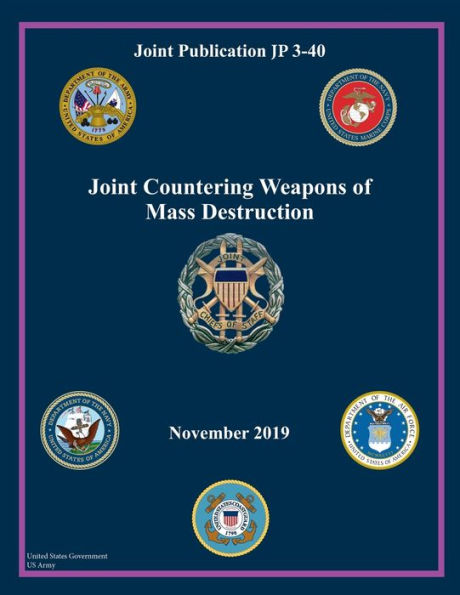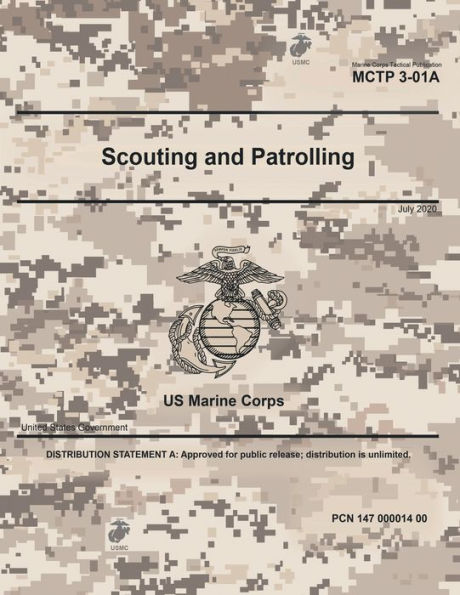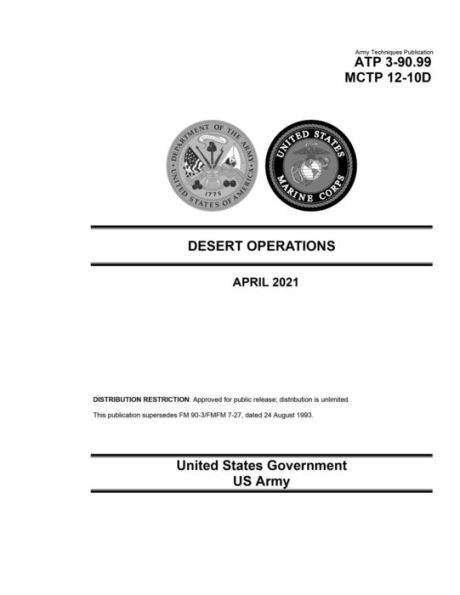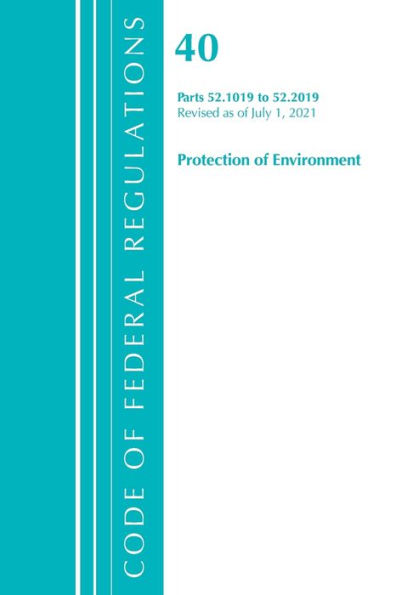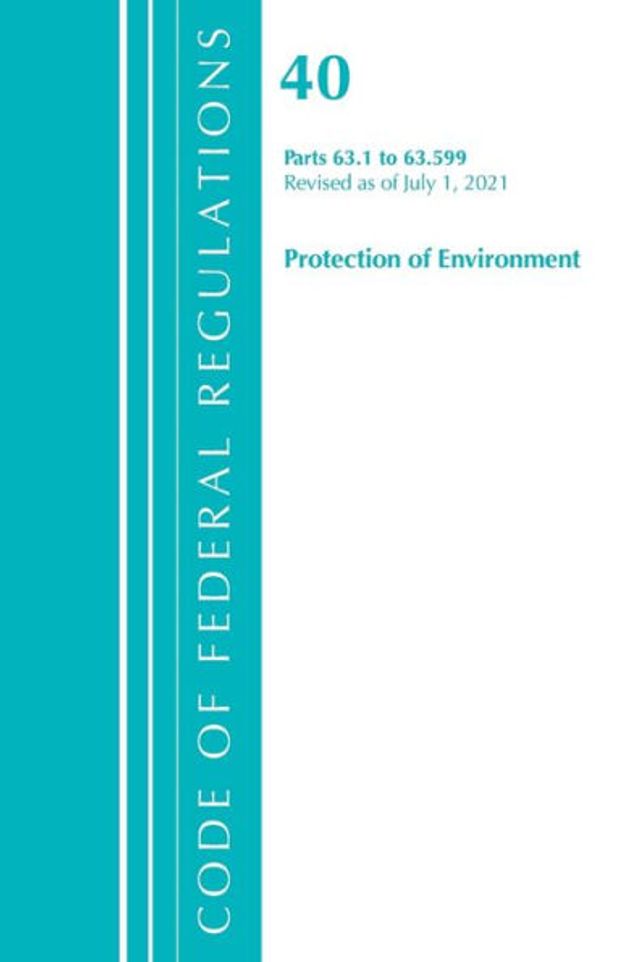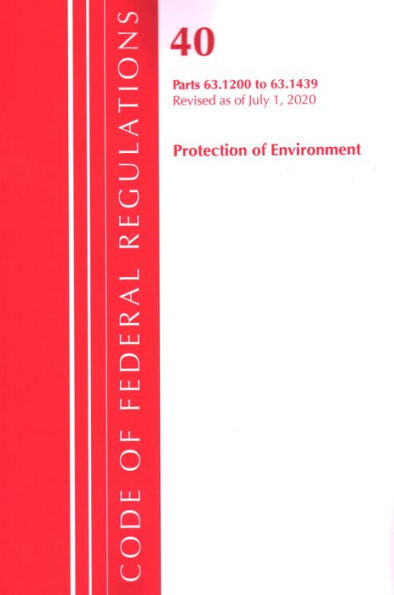Home
Army Doctrine Publication ADP 3-37 Protection July 2019
Barnes and Noble
Army Doctrine Publication ADP 3-37 Protection July 2019
Current price: $14.99
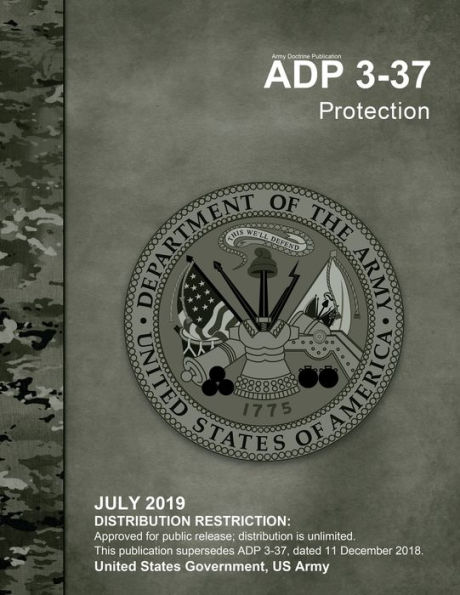

Barnes and Noble
Army Doctrine Publication ADP 3-37 Protection July 2019
Current price: $14.99
Size: Paperback
Loading Inventory...
*Product information may vary - to confirm product availability, pricing, shipping and return information please contact Barnes and Noble
This manual, Army Doctrine Publication ADP 3-37 Protection July 2019, provides guidance on protection and the protection warfighting function. It establishes the protection principles for commanders and staffs who are responsible for planning and executing protection in support of unified land operations. The synchronization and integration of protection tasks enable commanders to safeguard bases, secure routes, and protect forces.
The principal audience for ADP 3-37 is commanders and staffs. Commanders and staffs of Army headquarters serving as joint task force or multinational headquarters should also refer to applicable joint or multinational doctrine concerning the range of military operations and joint or multinational forces. In addition, trainers and educators throughout the Army will use this manual as a doctrinal reference for protection.
Protection is the preservation of the effectiveness and survivability of mission-related military and nonmilitary personnel, equipment, facilities, information, and infrastructure deployed or located within or outside the boundaries of a given operational area. Protection serves as an Army warfighting function. A shared understanding of the joint protection function enables Army leaders to integrate the Army's protection warfighter function with unified action partners. Army leaders must anticipate that joint support will be limited in larger-scale ground combat operations and must protect the force utilizing a combination of measures. The joint protection function focuses on preserving the joint force
fighting potential in four primary ways:
1. Active defensive measures to protect friendly forces, civilians, and infrastructure.
2. Passive defensive measures to make friendly forces, systems, and facilities difficult to locate, strike, and destroy when active measures are limited or unavailable.
3. The application of technology and procedures to reduce the risk of fratricide.
4. Emergency management and response to reduce the loss of personnel and capabilities due to accidents, health threats, and natural disasters.
Protection is not linear – planning, preparing, executing, and assessing protection is continuous and enduring. The protection warfighting function tasks are incorporated into the operations process in a comprehensive, layered, and redundant approach to achieve enduring force protection. Protection preserves capability, momentum, and tempo which are important contributors to operational reach. Synchronizing, integrating, and organizing protection capabilities and resources throughout the operations process preserves combat power and mitigates the effects of threats and hazards to enable freedom of action.
The prioritization of protection assets is situationally dependent and resource informed. The goal of protection capabilities integration is to balance protection with the freedom of action throughout the duration of military operations. This is achieved by integrating reinforcing or complementary protection capabilities in order to mitigate or assume risk for all identified and prioritized vulnerabilities. The collaboration, integration, and synchronization between the warfighting functions assist in identifying threats and hazards and mitigating their effects. Not all assets listed on the protection prioritization list receive continuous protection. Some critical assets only receive protection assets based on available resources. Determining and directing protection priorities may involve the most important decisions commanders make and their staffs support.


